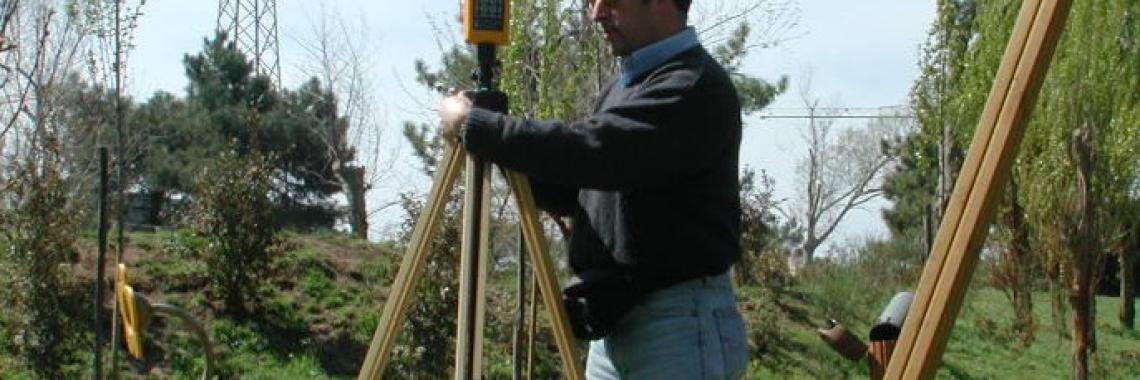
RED offers a monitoring and checking service of indoor environments for those who want to check the safety of the environments they are immersed in in daily life (home, work, study environments and so on) and those who have developed health problems or suffered discomfort, and want to find out if they are due to environmental pollutants (radon, electrosmog, VOC).
Monitoring tools supplied
- Radiation meter EMR 300 Wandel & Goltermann, for isotropic measuring in
high-frequency electromagnetic fields - Radiation meter EFA 200 probe Wandel & Goltermann, for isotropic
measuring in low frequency electromagnetic fields - Isotropic probe Type 18- frequency range from 100 KHz to 3 Ghz
- MR1 PLUS Radon Monitor - portable instrument for radon concentration measurement based on a scintillation cell detector.
Radon
Radon is a naturally occurring radioactive gas which is continuously released from the soil as well as from certain construction materials. This dangerous gas can permeate into buildings throughout the basement floor and may cause very high radon concentrations in homes and workplaces. Radon can reach the lungs in inhaled air, and if exposure is continual significant damage can be done.
This is the reason why Radon is the second leading cause for lung-cancer, even more dangerous than passive smoking.
The radon level inside a house is influenced by many factors and there are no general rules that can predict what the level will be in any particular building. Only a precise measurement can show whether or not a home or workplace poses a health risk due to the presence of radon. As experts in Radon measuring technologies, we supply different detection systems according to the specific demands of our customers.
January 2014
Directive 2013/59/EURATOM was published in the Official Journal of the European Union On January 17, 2014.
The BSS Directive laying down basic safety standards for protection against the dangers arising from exposure to ionising radiation, introduced new maximum allowable levels of radon in homes and workplaces.
Electrosmog
The term identifies Electrosmog pollution from electromagnetic fields.
Currently the presence of artificial electromagnetic fields is widespread in general life and work, but is particularly concentrated in urban areas.
Electromagnetic fields are categorised as either Low Frequency fields or High Frequency fields.
Typical sources of pollution at Low Frequencies are production facilities, transport and distribution of electricity (power lines, stations, primary stations, substations), appliances commonly used in the family home (washing machines, dishwashers, phones, hairdryers, televisions, VCRs, etc.), tools and industrial systems, video terminals, medical equipment, etc.
As regards the High Frequency (10 KHz to 300 GHz), we know that the electromagnetic field in this frequency band has the property to propagate at very large distances from the source that has generated it.
The main sources of electromagnetic pollution at high frequencies are:
- Mobile installations
- Spread radio-TV
- RADAR
- Satellite
- Amateur radio (CB)
- Radio links
The power density of the electromagnetic field is measured in watts per square meter W / sq.m
Mobile phones are, along with radio and television antennas, the main source of electromagnetic pollution.





